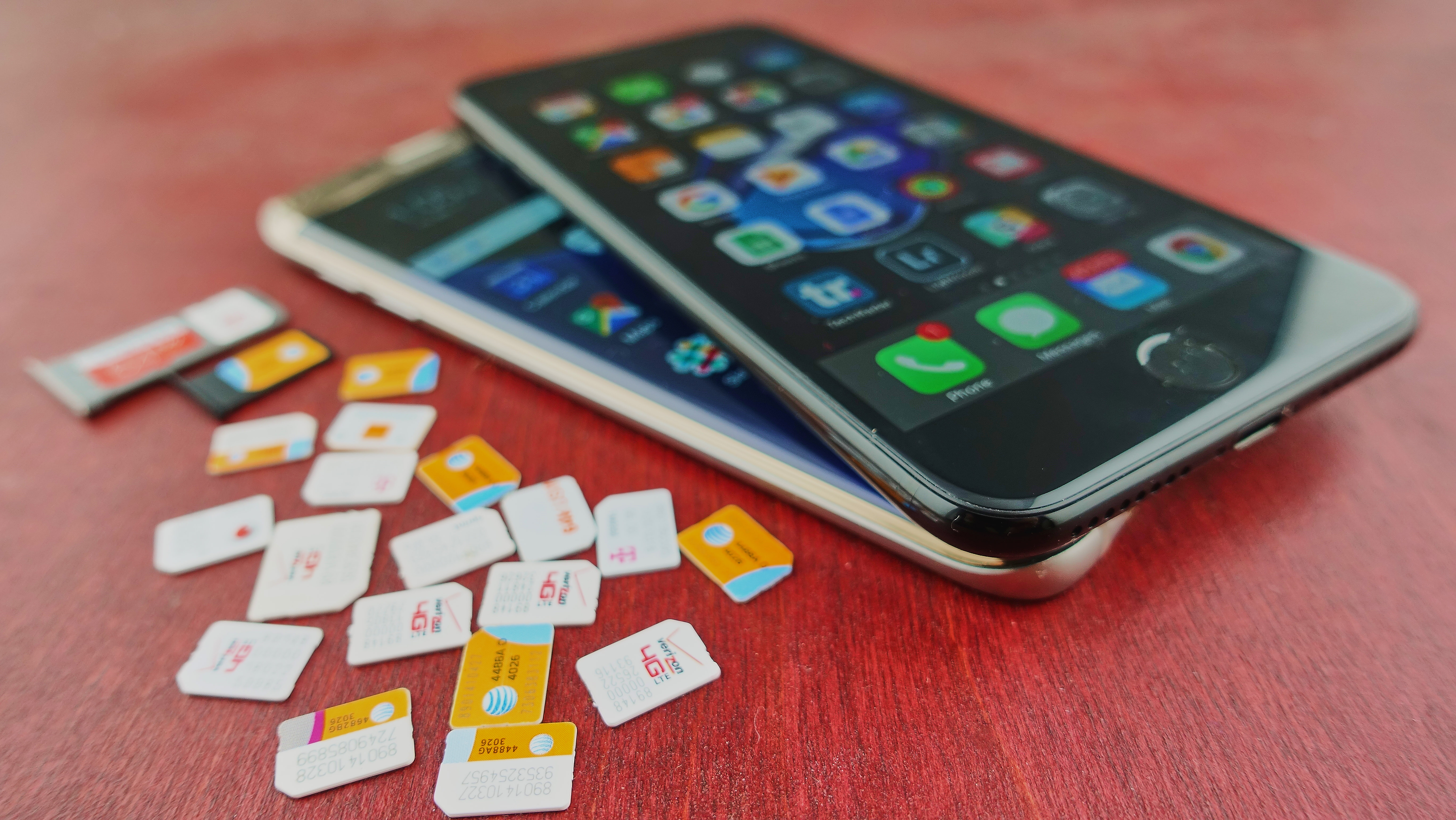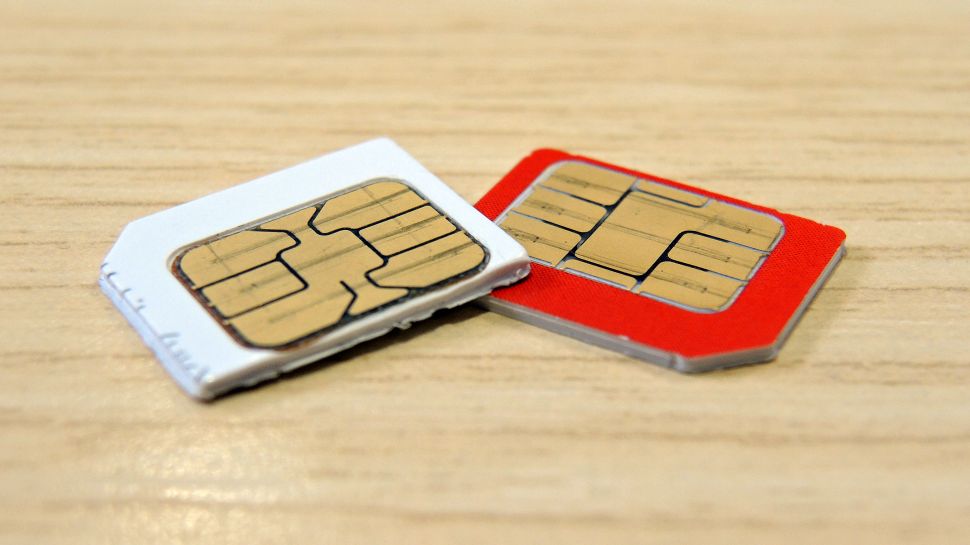How the iSIM might give your next phone a huge battery
Ditching the card yields big benefits

The iPhone X’s notch turned out to be the “next big thing” in phone design, but the next (next) big thing might not even be noticeable to the naked eye. ARM has developed new iSIM technology that might eventually see the trusty, but ever cumbersome SIM card going away for good.
But for now, temper those expectations as it’s making its debut in Internet of Things (IoT) devices. This new SIM replacement is integrated right into the processor and thus, takes up far less space than even eSIM, the impressive SIM card-less tech recently used in the Google Pixel 2 and Apple Watch 3, let alone an entire SIM card slot.
Conceptually, iSIM isn’t too different than the eSIM, though its dimensions are stark by comparison. Compared to ARM’s new tech that is said to be smaller than a “millimeter squared”, eSIM consumes 6 x 5mm of space inside of the phone – precious space that manufacturers could use to boost RAM or pack in a larger battery.
In with the new SIM
The main motivator behind the creation of iSIM is to make way for new hardware innovation, which given the diminutive size of many IoT devices, any extra space is a good thing. But the implications for the tech could (and will likely be) far-reaching into other product categories.
Phones, wearables and tablets come to mind first, which would benefit greatly from iSIM technology from a hardware perspective, as mentioned earlier.
In addition to saving you the dreaded hassle of fussing with SIM cards, eliminating the need for a SIM card would save manufacturers some money, which are costly to produce – apparently around “tens of cents” each, according to a statement provided to The Verge. That might not sound like much, but any cash saved on SIM-related hardware could be allocated toward more titillating features.

But there are other advantages at bay, like having your contacts, carrier settings and other pertinent account data stored securely on the iSIM, and by extension, the cloud, which presents a more formidable roadblock for phone thieves to penetrate.
Sign up for breaking news, reviews, opinion, top tech deals, and more.
Lastly, while several phone makers have figured out ways to make waterproof devices with SIM card slots, removing the manual SIM technology would make future smartphones more resilient to the elements.
We’ll likely see more phones adopting SIM-less features in the near future, perhaps with the Google Pixel 3 and the iPhone X2. Heck, maybe we’ll even see some MWC 2018 announcements ditching SIM altogether.
Via WCCF Tech

Cameron is a writer at The Verge, focused on reviews, deals coverage, and news. He wrote for magazines and websites such as The Verge, TechRadar, Practical Photoshop, Polygon, Eater and Al Bawaba.